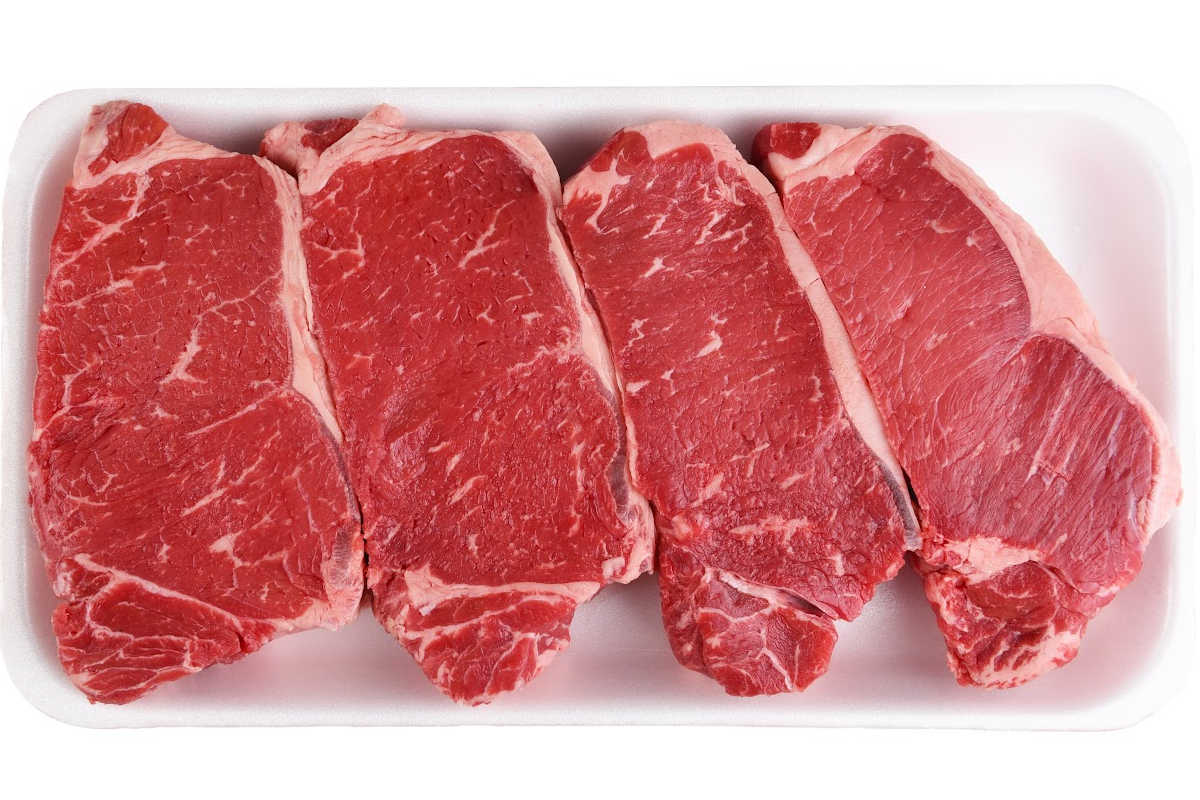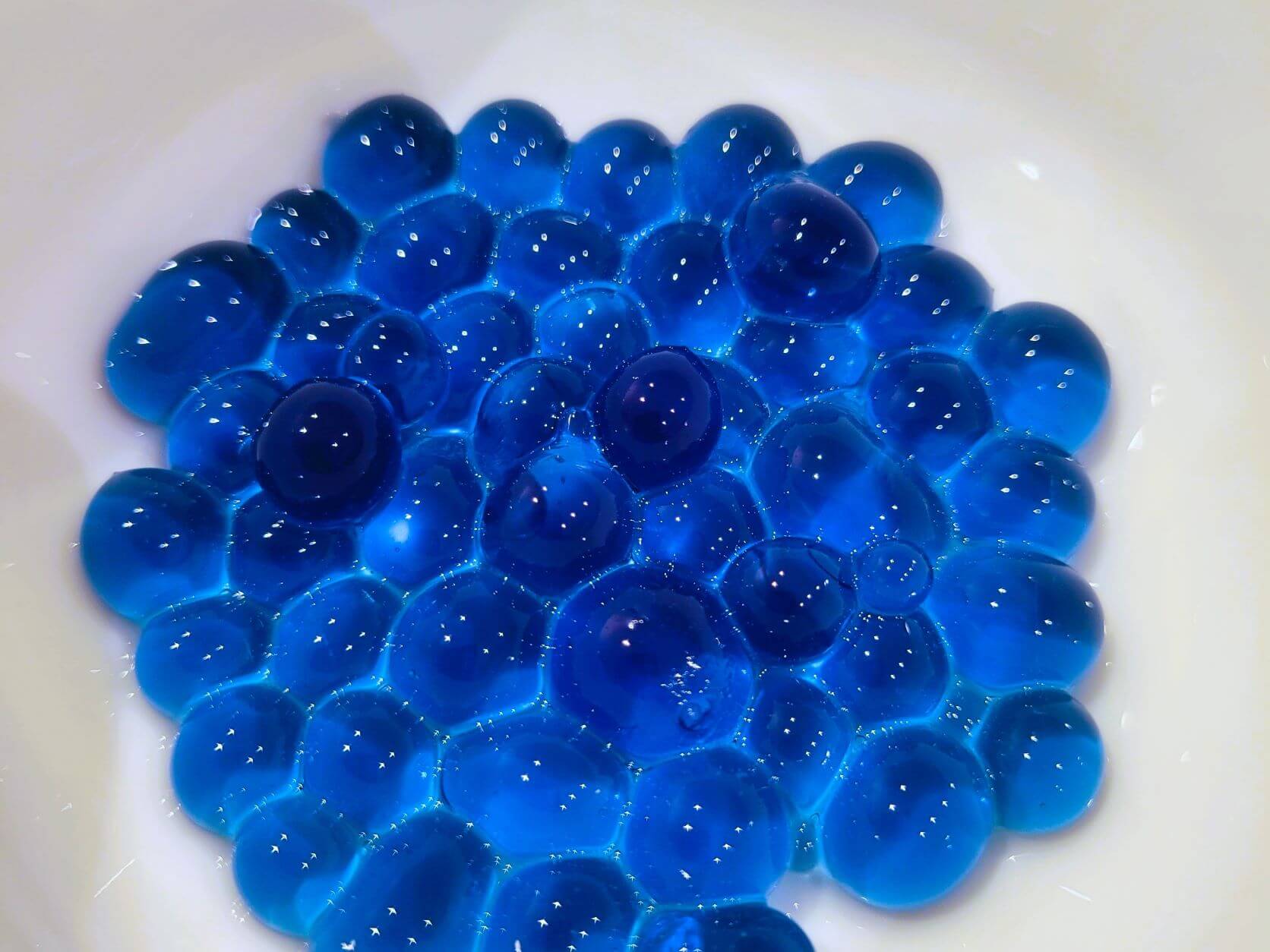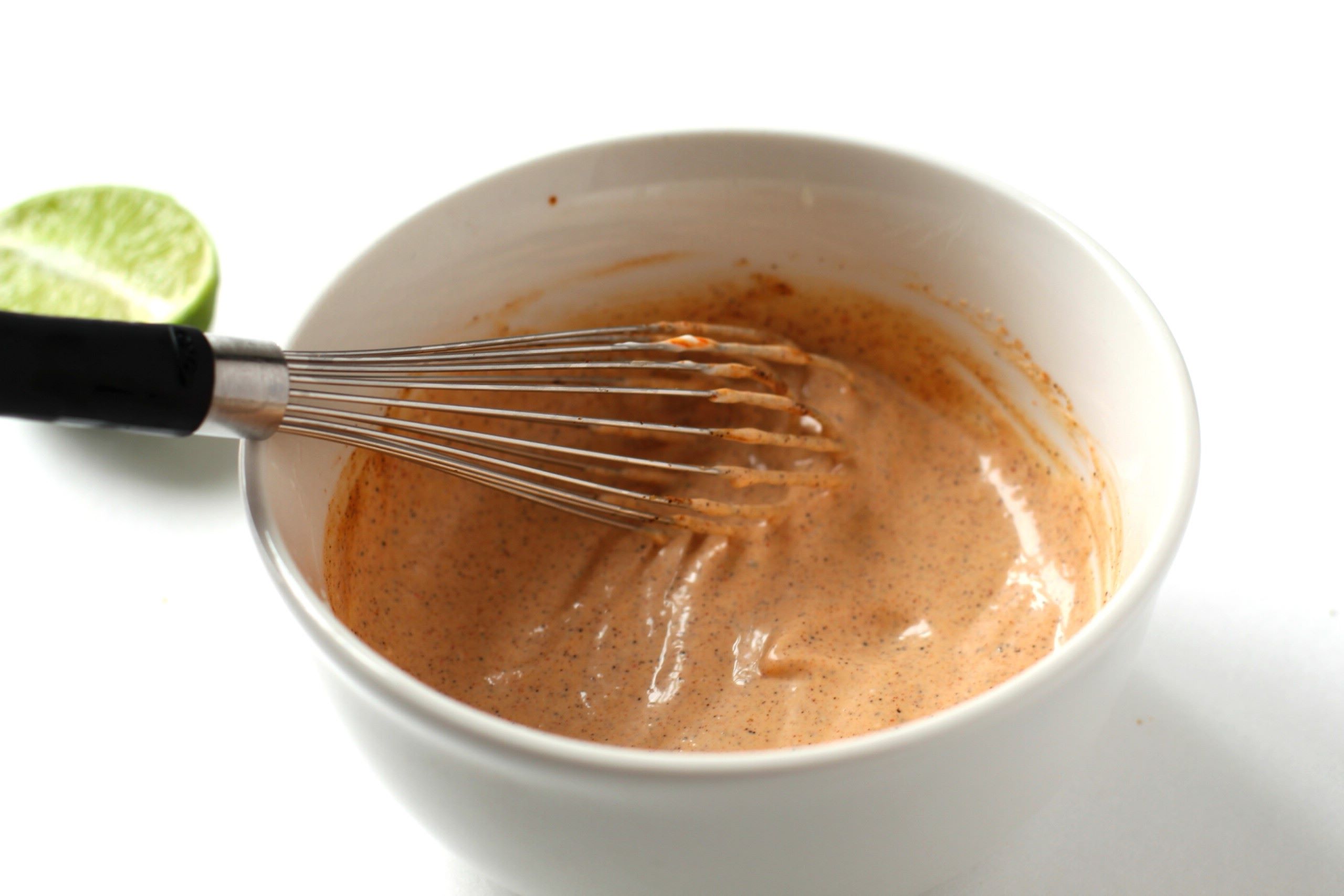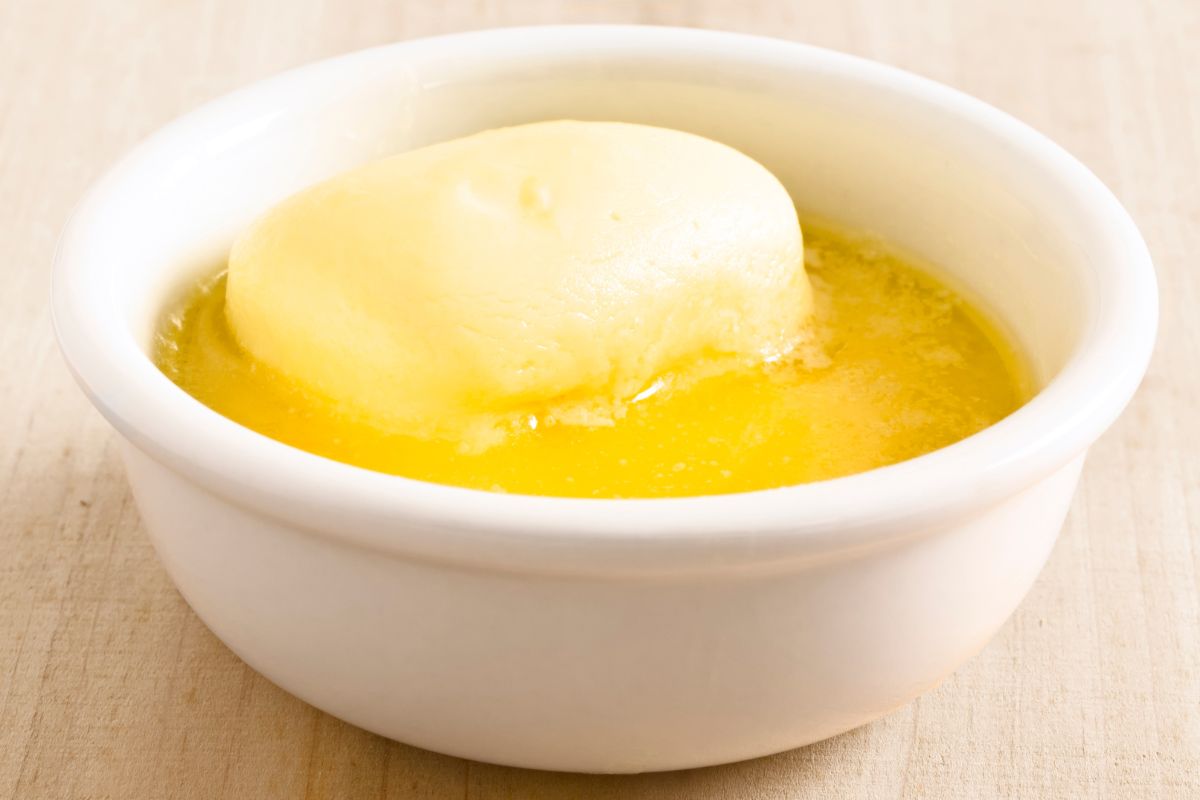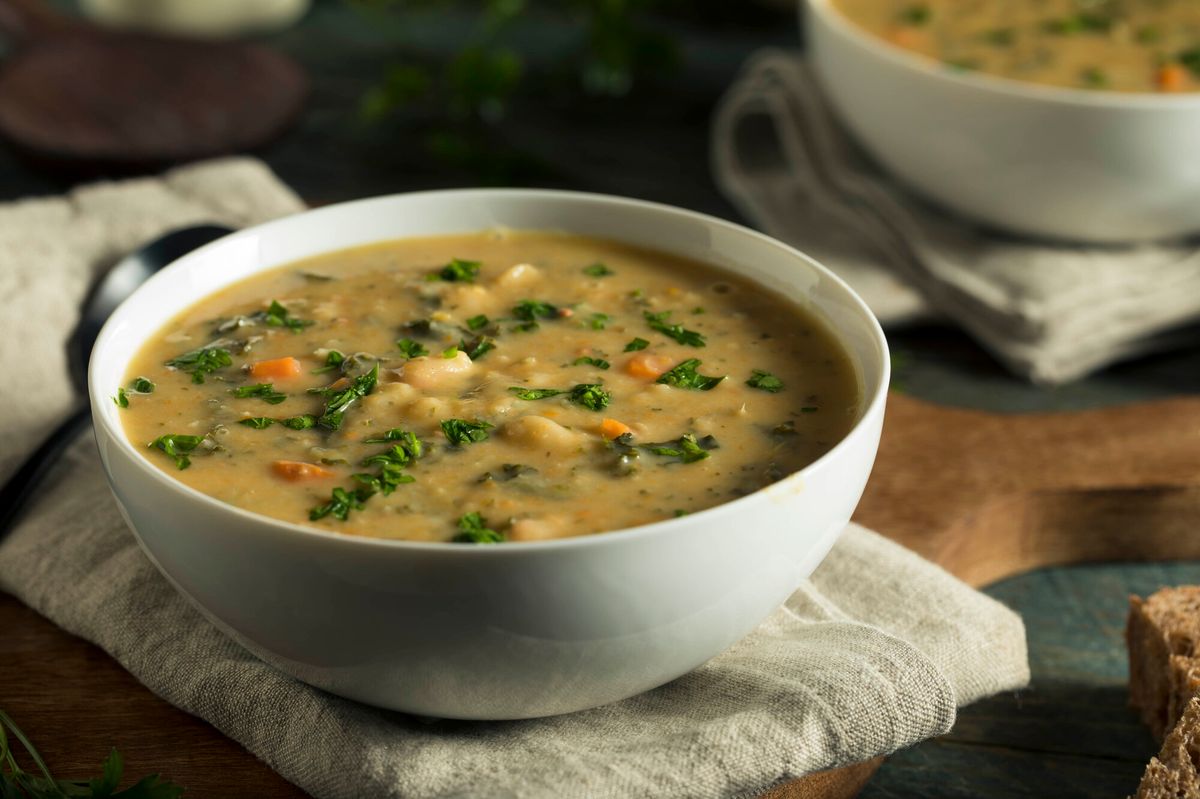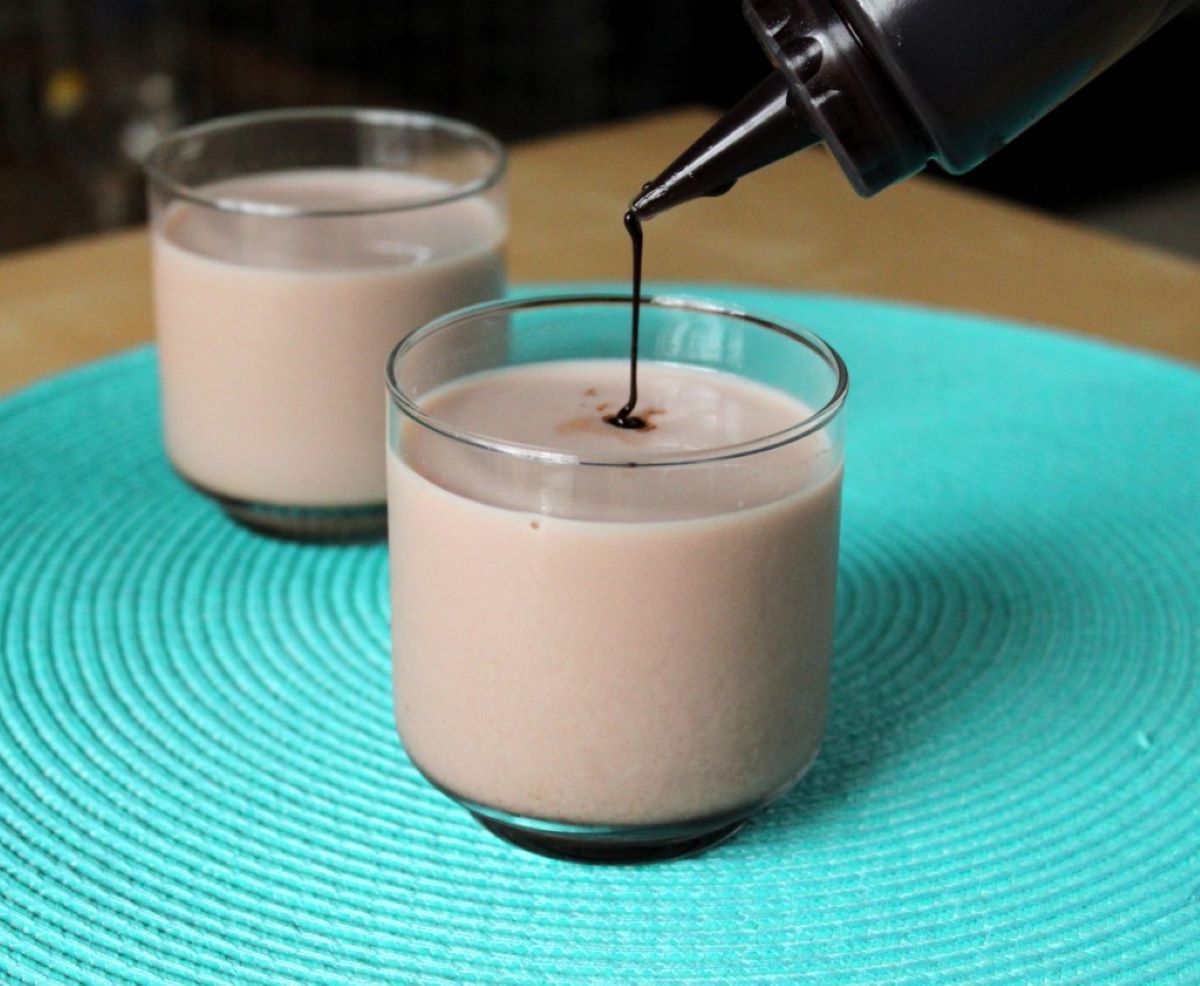The Difference Between Oats and Wheat
When it comes to grains, oats and wheat are two popular choices that are often used in a variety of dishes. While they may seem similar, there are some key differences between the two that are important to understand. Let’s take a closer look at the characteristics of oats and wheat to better understand their unique qualities.
Oats
Oats are a type of cereal grain that is commonly consumed as oatmeal or used in baking. They are known for their high fiber content and distinct nutty flavor. Oats are often praised for their numerous health benefits, including aiding in digestion and providing a good source of energy.
- Appearance: Oats are typically small and round with a flat groove running down the center.
- Nutritional Value: Oats are rich in fiber, particularly a type called beta-glucan, which is known for its cholesterol-lowering effects.
- Uses: Oats are commonly used to make oatmeal, granola, and oat flour for baking.
Wheat
Wheat is one of the most widely consumed cereal grains and is a staple ingredient in many cuisines around the world. It is commonly used to make bread, pasta, and pastries, among other foods. Wheat is known for its versatility and is often praised for its ability to be milled into flour for various culinary purposes.
- Appearance: Wheat grains are larger and longer than oats, with a distinct oval shape.
- Nutritional Value: Wheat is a good source of carbohydrates, protein, and essential nutrients such as iron and B vitamins.
- Uses: Wheat is used to make a wide range of products, including bread, pasta, couscous, and bulgur.
Key Differences
While oats and wheat share some similarities as cereal grains, there are several key differences between the two:
- Nutritional Content: Oats are higher in fiber and protein compared to wheat, making them a popular choice for those looking to increase their fiber intake.
- Gluten Content: Wheat contains gluten, a protein that can cause adverse reactions in individuals with gluten intolerance or celiac disease, while oats are naturally gluten-free, although they may be cross-contaminated during processing.
- Flavor and Texture: Oats have a nutty flavor and a chewy texture when cooked, while wheat products vary in flavor and texture depending on how they are processed.
Conclusion
In summary, oats and wheat are both nutritious grains that offer unique characteristics and culinary uses. Whether you’re looking for a high-fiber breakfast option or a versatile ingredient for baking, understanding the differences between oats and wheat can help you make informed choices when it comes to incorporating these grains into your diet.
Next time you’re at the grocery store, consider picking up some oats for a hearty bowl of oatmeal or some wheat flour for a fresh loaf of bread, and enjoy the distinct qualities that each grain has to offer.
Was this page helpful?
Read Next: What Is The Best Oil For Fondue


